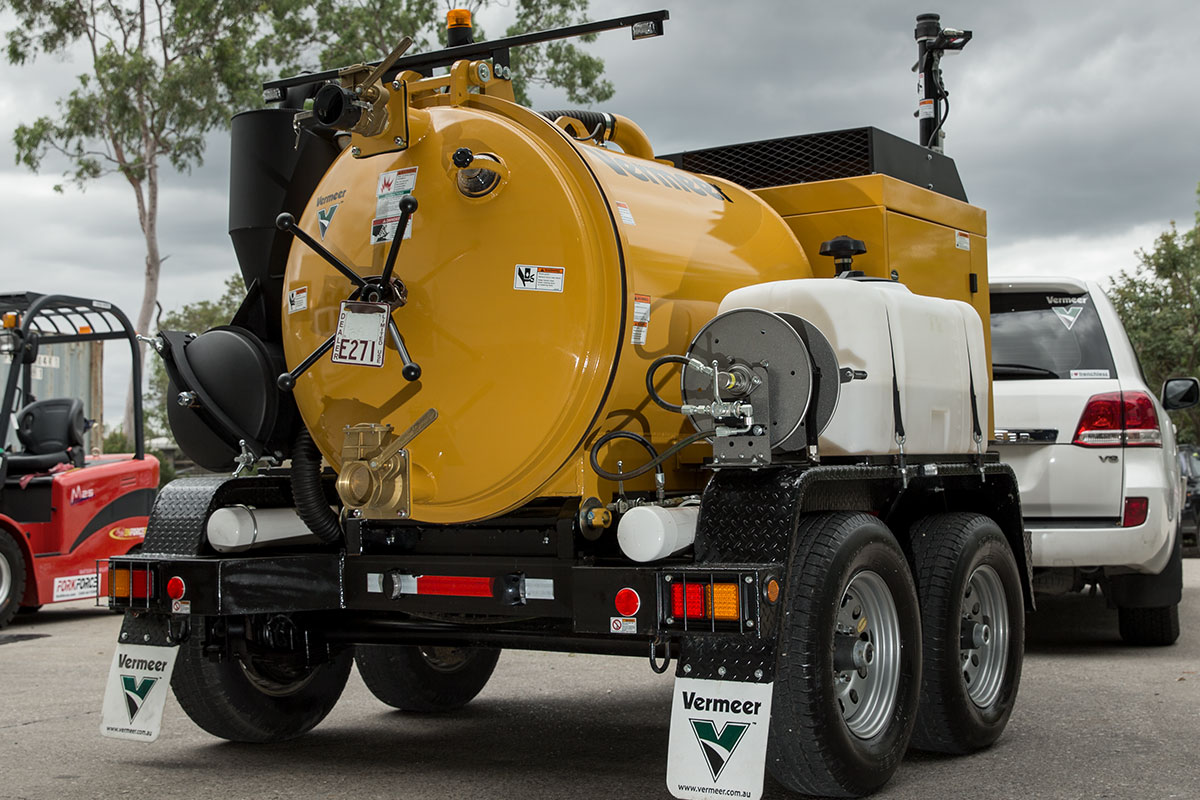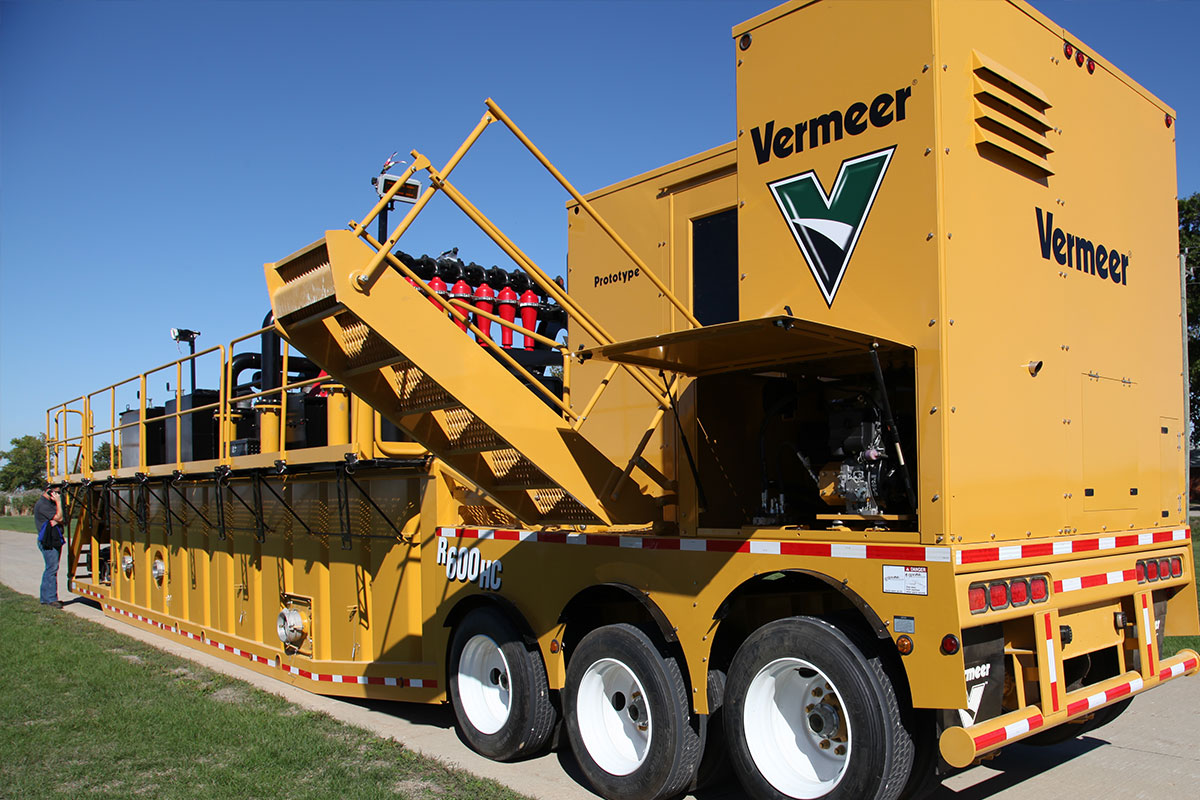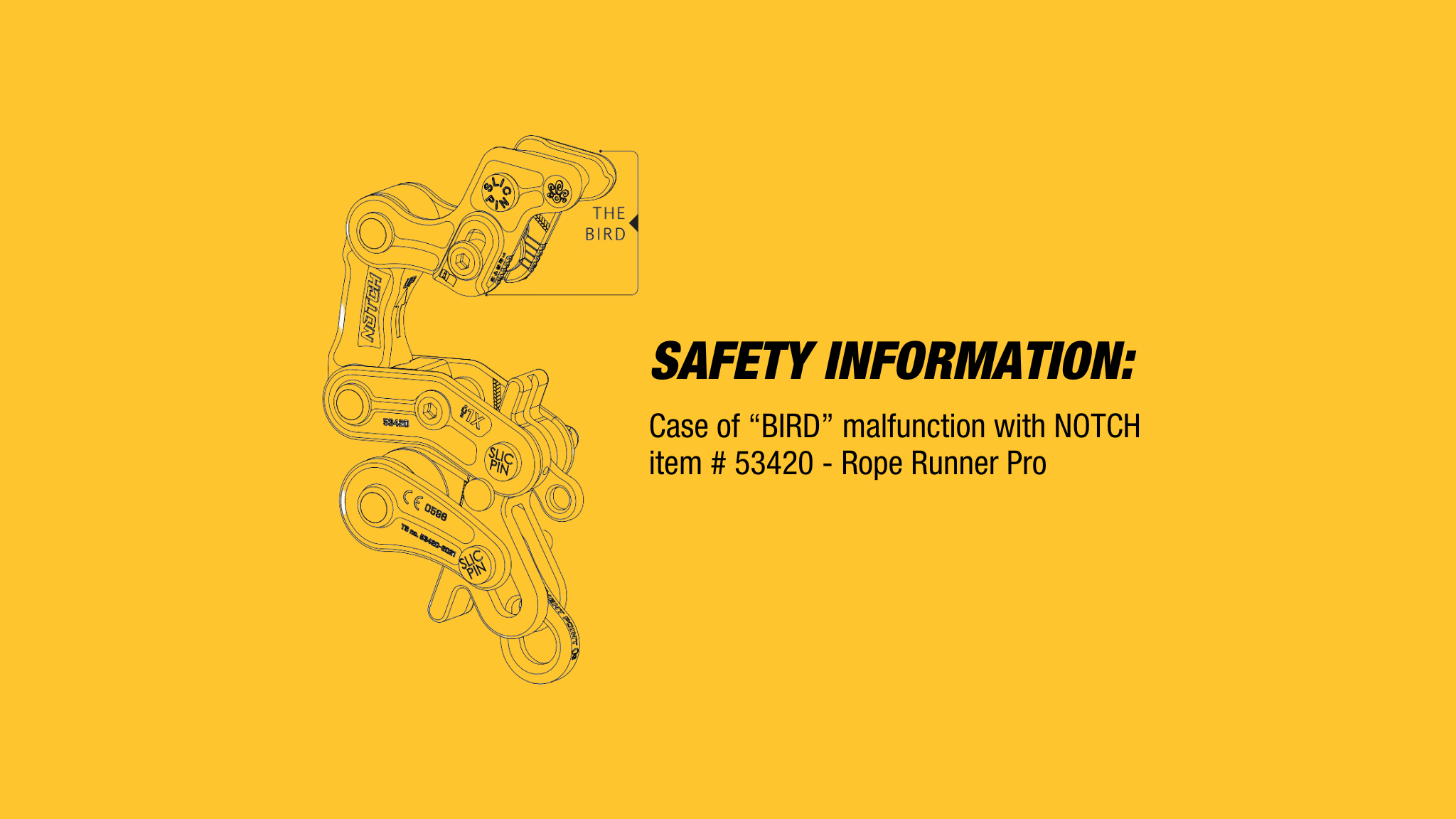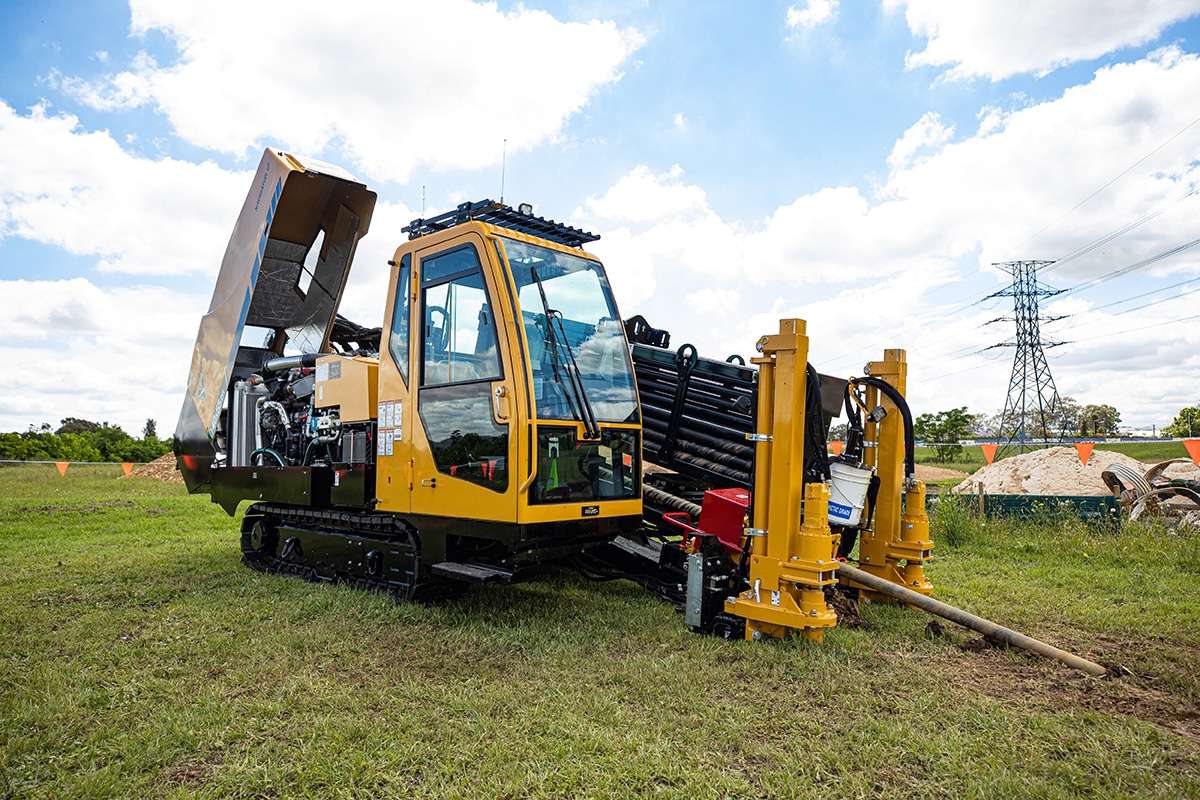A vacuum excavator can be one of the most versatile pieces of equipment on a worksite. Its uses go far beyond the typical potholing or utility location tasks that may initially come to mind. When used to its full potential, less equipment is needed on site, labour costs are reduced, safety is improved and project times can be shortened. There are many possible uses for vacuum excavators including dewatering, pit cleanout, unblocking pipes and spill response.
Horizontal Directional Drilling (HDD) contractors regularly use vacuum excavators to reveal utility assets prior to drilling and reduce the chance of impacting existing infrastructure. This is particularly useful around sensitive infrastructure that would be damaged with more traditional methods.
The soil displacement technology, which uses air or water pressure, finds even more uses when various attachments are added. Other uses for vacuum excavators can include tree planting, selective root pruning, debris and liquid waste cleanup, high pressure cleaning, the installation of irrigation systems, landscape lighting and retainer walls, as well as a range of other tasks.
Jeff Lawson, National Construction Equipment Sales Manager at Vermeer, said a vacuum excavator has many more uses than most people initially consider. “Often, once a contractor or municipality buys their first vacuum excavator, its use expands to applications beyond the original intended use, opening up a range of new revenue streams for the organisation,” said Mr Lawson.
GETTING BACK TO WORK FASTER AFTER RAINFALL OR SPILLS
Dewatering can be a costly exercise for construction companies. Not only does it halt planned work and throw schedules into chaos, a premium cost is often incurred for the labour used to complete these activities. Mr Lawson said having vacuum excavators on a worksite can save time when dewatering is needed.
“Compared to traditional dewatering methods that involve using an excavator or even a shovel, vacuum excavators allow operators to quickly and safely regain entry into pits that have become filled with mud, water or debris due to rainfall or flooding,” Mr Lawson said.
In the case of a spill, often immediate containment and cleanup is needed to ensure safety and legislative compliance.
“In a cleanup situation, companies are exposed to risks beyond the initial spill, including chemical exposure and manual handling concerns. Not only does a vacuum excavator efficiently remove the hazard and return the site to a safe state, any contaminates are quickly sealed inside the tank for appropriate disposal.
“The Vermeer VX200 has an added level of protection featuring the patented McLaughlin cam-over-hydraulic rear door that is designed to provide a positive 360-degree seal without additional clamping requirements, keeping fluids securely in the debris tank,” Mr Lawson said.
TREES, POWER POLES AND SOIL SAMPLING
Vacuum excavators come in a range of sizes and variations suitable for different tasks. The mechanics of a vacuum excavator can easily be re-purposed for other manual tasks that benefit from the technology.
Mr Lawson said an increasingly common use for vacuum excavators is in the areas of post hole digging and tree planting. The ability to use air to displace the soil gives the option of replacing the materials at the site immediately, resulting in a cleaner and more efficient job.
“Vermeer trailer-mounted vacuum excavators, such as the VSK25-100G, are well-suited to excavating post holes and are popular because they only require one person to operate them. The vacuum helps eliminate the chance of damaging an existing underground line and requires less labour and time than other methods,” Mr Lawson said.
The precision provided with vacuum excavation has also proven useful in tree remediation. The vacuum excavator can remove contaminated or growth hindering soil from around tree roots, and allow for replacement of more nutrient-rich soil or fertilizers.
This technology can also straighten power poles or other posts with surgeon-like precision, displacing only the necessary soil in order to reposition the post, as well as soil extraction needed for testing, which can be completed without additional equipment.
To read the full article from Infrastructure Magazine November 2017 edition, click here (PDF 507KB)

 MyDealer:
MyDealer:


